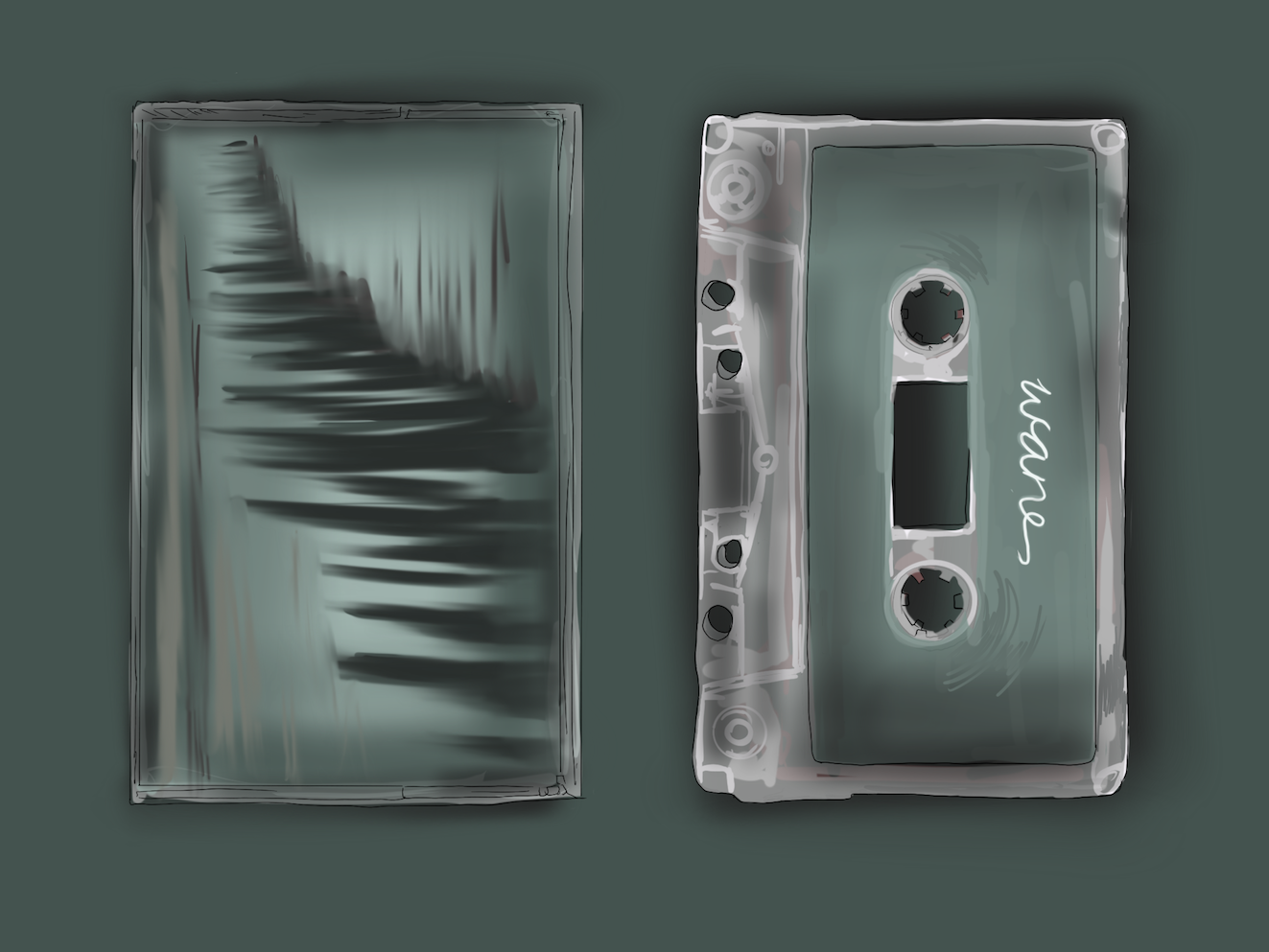
It looks like you can see the Pacific Ocean from landlocked Arizona, but that’s an optical illusion, according to the National Park Service.
NPS/RMM Photo by Becca Miller
Arizona is not located near the Pacific Ocean, but sometimes it feels like you can see the coast from inside Petrified Forest National Park.
It is about 600 miles from the nearest Pacific beach.
Still a photo shared November 21 park shows that at dawn the rangers have a wonderful view of the ocean.
However, this is deceiving.
“Although it looks like we have a beautiful calm ocean ahead of us, don’t grab your surfboards and snorkel gear just yet!” write representatives of the park.
“This amazing phenomenon you see during clear sunrises and sunsets is a combination of the Earth’s shadow (dark blue) and the belt of Venus (pink). The belt of Venus has nothing to do with the planet Venus, but is a product of how light passes through our atmosphere when the sun’s rays are at a very low angle.’
The phenomenon is best seen in the park facing away from sunrise or sunset, officials said.
Park ranger Becca Miller he is credited with photographing the phantom ocean in mid-October. However, she did not specify the place.
Petrified Forest National Park covers 221,390 hectaresgets less than 10 inches of rain annually, and mine “naturally dark” sky considered ideal for stargazing and astrophotography.
It is best known for hosting one of the world’s largest concentrations from petrified wood. The trees in the park are said to be over 200 million years old.






